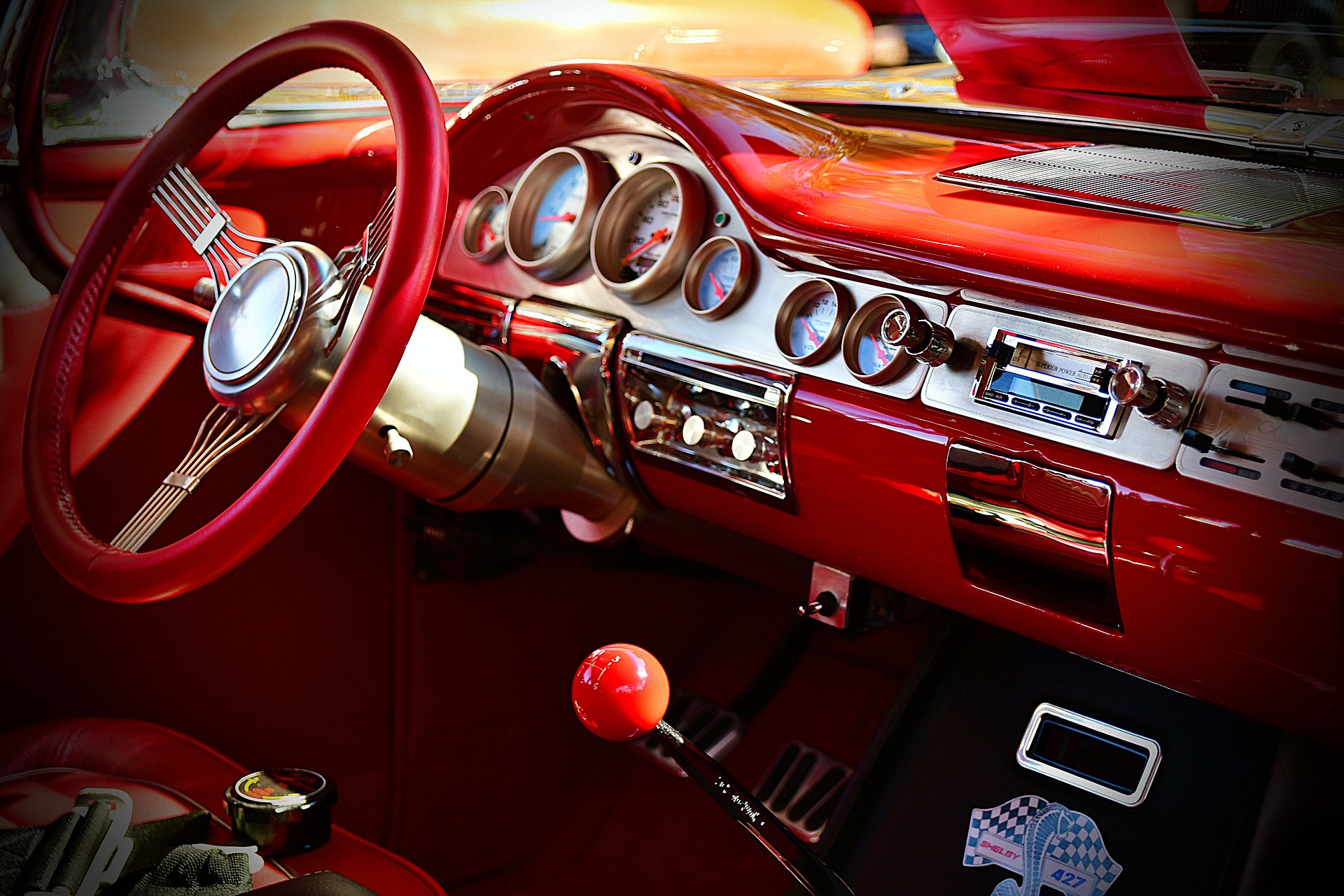Defying Gravity: Automotive Anti-Roll Bar Technology
For those who enjoy the thrill of high-speed driving, nothing quite matches the adrenaline rush of a car hurtling around a corner, gripping the asphalt as if defying gravity. This is the magic of anti-roll bars, an often overlooked but vital part of a car's suspension system.
Unraveling the Mystery of Anti-Roll Bars
In the early days of automotive design, the suspension was a simple system designed to absorb shocks and bumps from the road. However, as speeds increased and drivers demanded better handling, engineers realized they needed to tackle a new problem: body roll.
Body roll occurs when a vehicle corners, and the weight shifts to one side, causing the car to lean. This not only disrupts the driver’s comfort but also affects the car’s balance and grip, which can lead to a loss of control. Enter anti-roll bars, also known as sway bars or stabilizer bars. Introduced in the 1950s, these devices connect a vehicle’s left and right wheels through short lever arms linked by a torsion spring. The result? A reduction in body roll and enhanced cornering performance.
How Anti-Roll Bars Have Evolved
The initial anti-roll bars were simple, static devices. But as cars became more sophisticated, so did these components. Today, we have adaptive anti-roll bars that can adjust their stiffness in response to changing driving conditions. This advancement allows drivers to enjoy a smooth ride during straight-line cruising and firm handling during spirited cornering.
Additionally, automakers are experimenting with materials and designs to create more effective anti-roll bars. For example, hollow anti-roll bars offer the same stiffness as their solid counterparts but at a lighter weight, contributing to improved fuel efficiency.
The Role of Anti-Roll Bars in Today’s Automotive Industry
In today’s automotive world, anti-roll bars play a crucial role in vehicle dynamics. They’re a key factor in the handling characteristics of a car, influencing its performance in corners. Furthermore, they contribute to passenger comfort by reducing body roll, making the ride more pleasant.
Moreover, anti-roll bars have become a focal point in the sport and luxury segments. High-performance vehicles often come with adjustable anti-roll bars that drivers can tweak to suit their driving style or the nature of the road. On the other hand, luxury cars aim for the perfect balance between comfort and handling, utilizing complex adaptive anti-roll bar systems.
The Future of Anti-Roll Bars
Looking ahead, the future of anti-roll bars is likely to be influenced by the shift towards electric and autonomous vehicles. As these cars place a premium on efficiency and passenger comfort, engineers will need to develop anti-roll bars that can meet these demands without compromising handling.
One potential solution lies in active anti-roll bars, which use sensors and actuators to adjust the bar’s stiffness in real-time. These systems could offer the best of both worlds: a smooth ride when you want it and firm handling when you need it.
In Closing
Anti-roll bars may not be the most glamorous part of a car, but they’re certainly one of the most important. They’ve come a long way from their humble beginnings, evolving into sophisticated devices that improve both performance and comfort. As we look towards the future, it’s clear that these unsung heroes of the automotive world will continue to play a pivotal role in shaping our driving experiences. Who knows, perhaps the next big advancement in automotive technology is hiding in plain sight, right under our cars.





